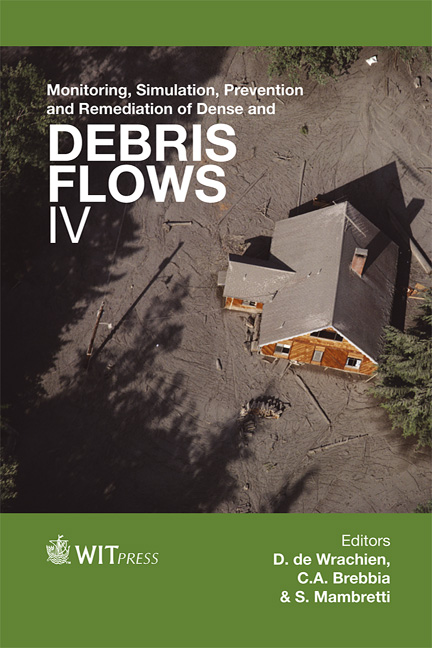Framework Of Human Reliability Analysis In A Geotechnical Risk Assessment For Hillside Development
Price
Free (open access)
Transaction
Volume
73
Pages
12
Page Range
219 - 230
Published
2012
Size
642 kb
Paper DOI
10.2495/DEB120191
Copyright
WIT Press
Author(s)
W. P. Nanak & I. S. H. Harahap
Abstract
Limited flat lands in certain developing countries impeded their development progression. To resolve the situation, development projects were extended to hillside areas. Today, landslide cases reported can be closely related with hillside development areas. While landslide is known as a natural hazard, findings have revealed that human error also plays a major role in contributing to landslide events nowadays. Over the years, there is little emphasis or even no concern over the importance of human errors to be considered with landslide related problems in hillside areas. Human Reliability Analysis (HRA) has been applied in other industries to assess the human factors contributing to risks and to facilitate in identifying proper mitigation measures to reduce the risks which can then be proposed to be adopted into the landslide risk assessment. As more and more technological advancement has been introduced to facilitate the complex human activities, the need to focus on the aspects of related human errors is inevitable. As such, human and technological interactions are interrelated in every stage of a project; therefore prompting more errors to be made by humans. Keywords: landslide, human error, HRA, CREAM. 1 Introduction Increasing cases of landslide are closely related to the current trend of urban development in hillside areas. Limited flat lands, increasing size of population and rapid economic growth perhaps further promote urbanization to be encroached to these areas. If the current trend continues, it will result in more hillside areas to be exploited and this will put greater risks to over-development
Keywords
landslide, human error, HRA, CREAM.





